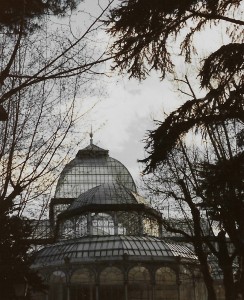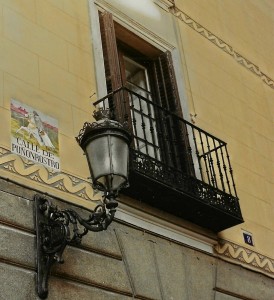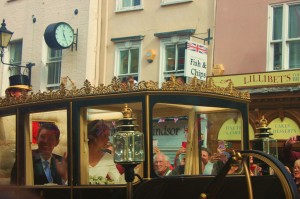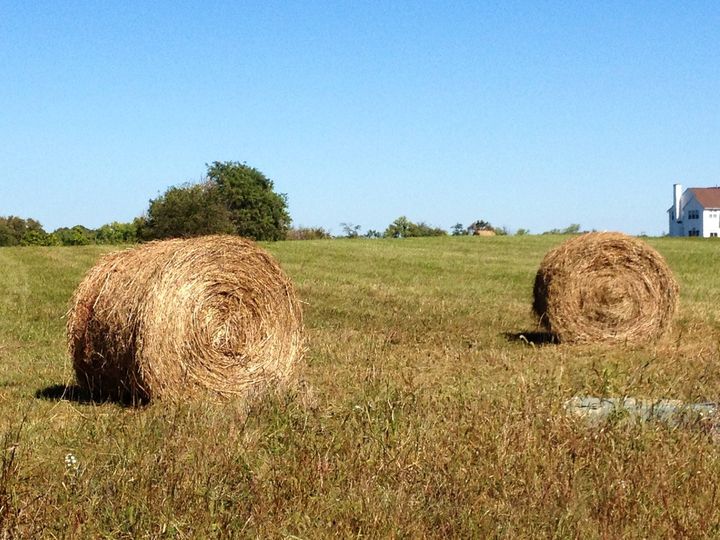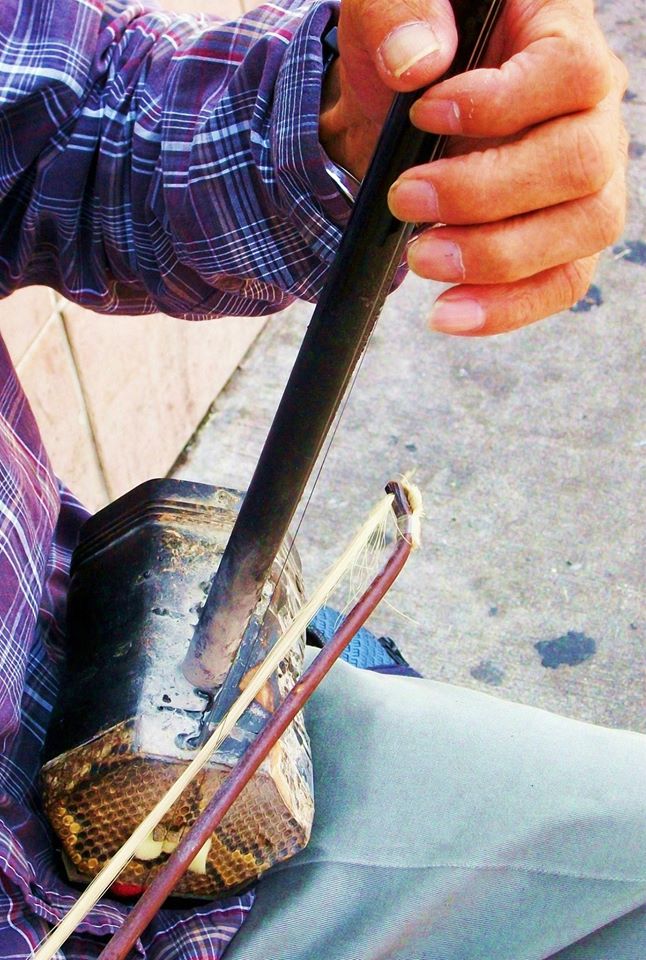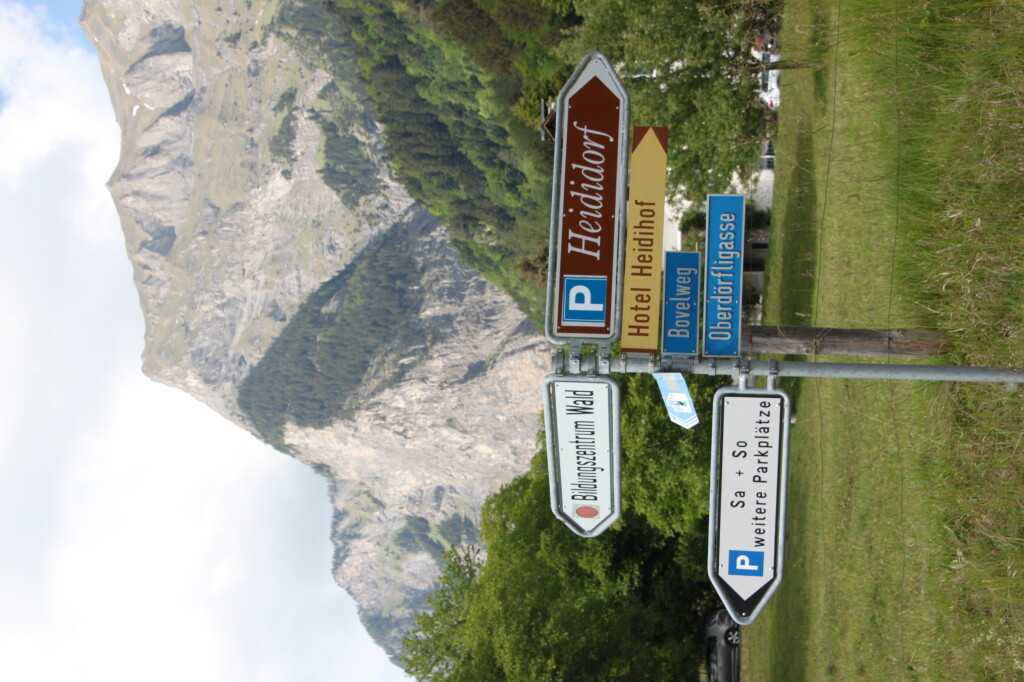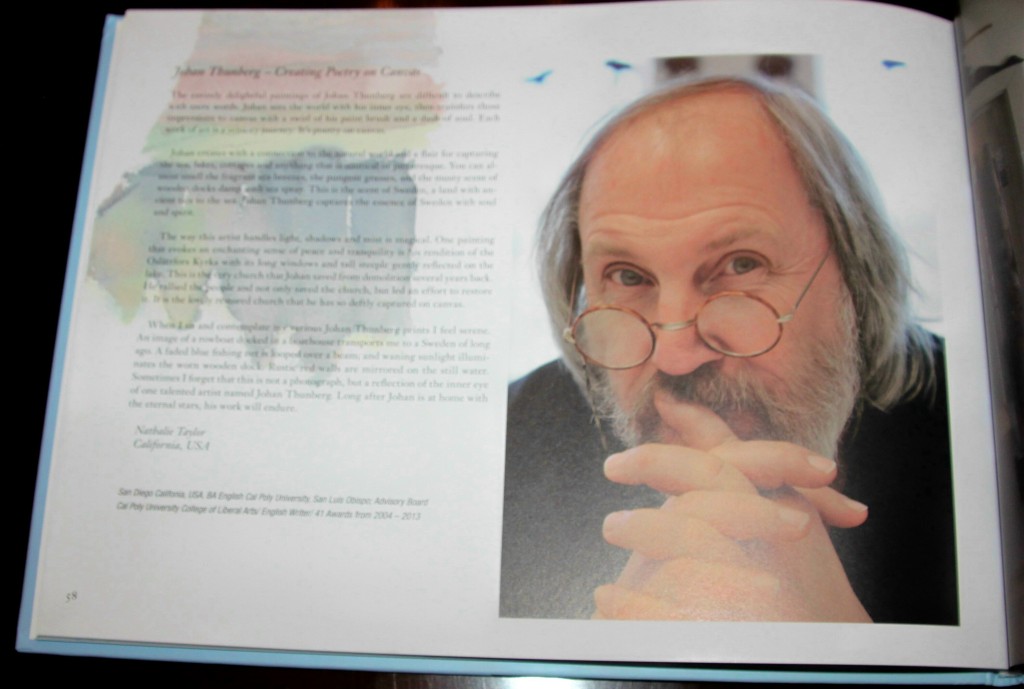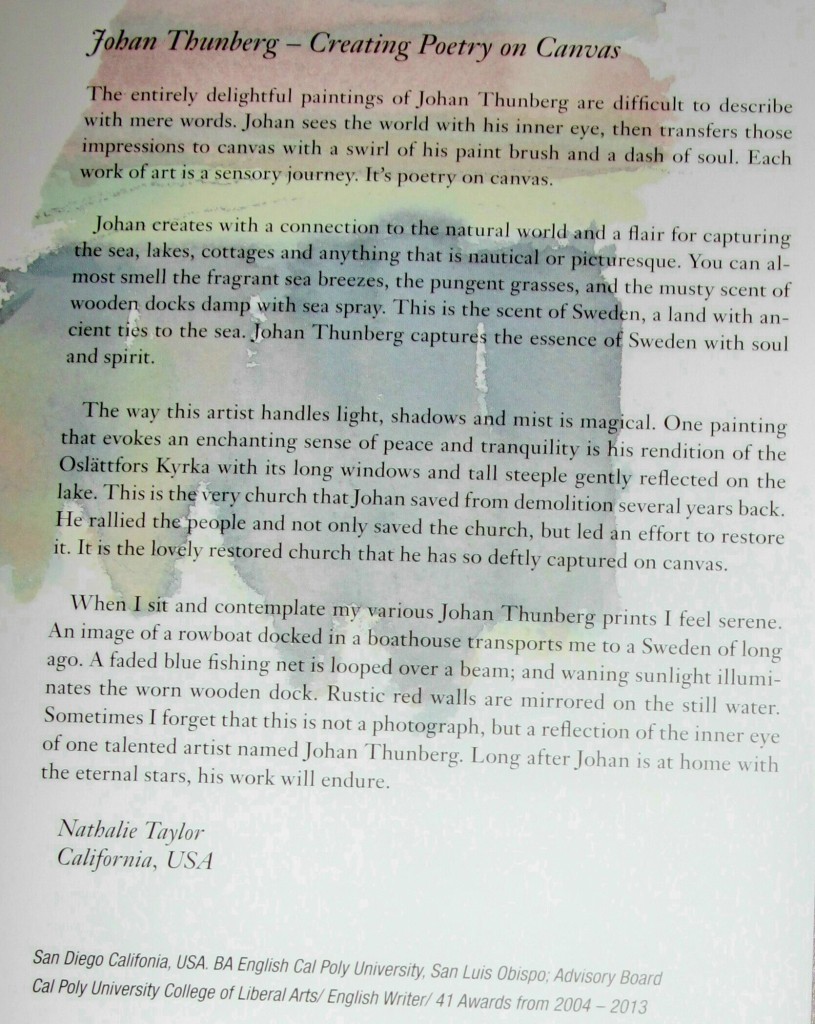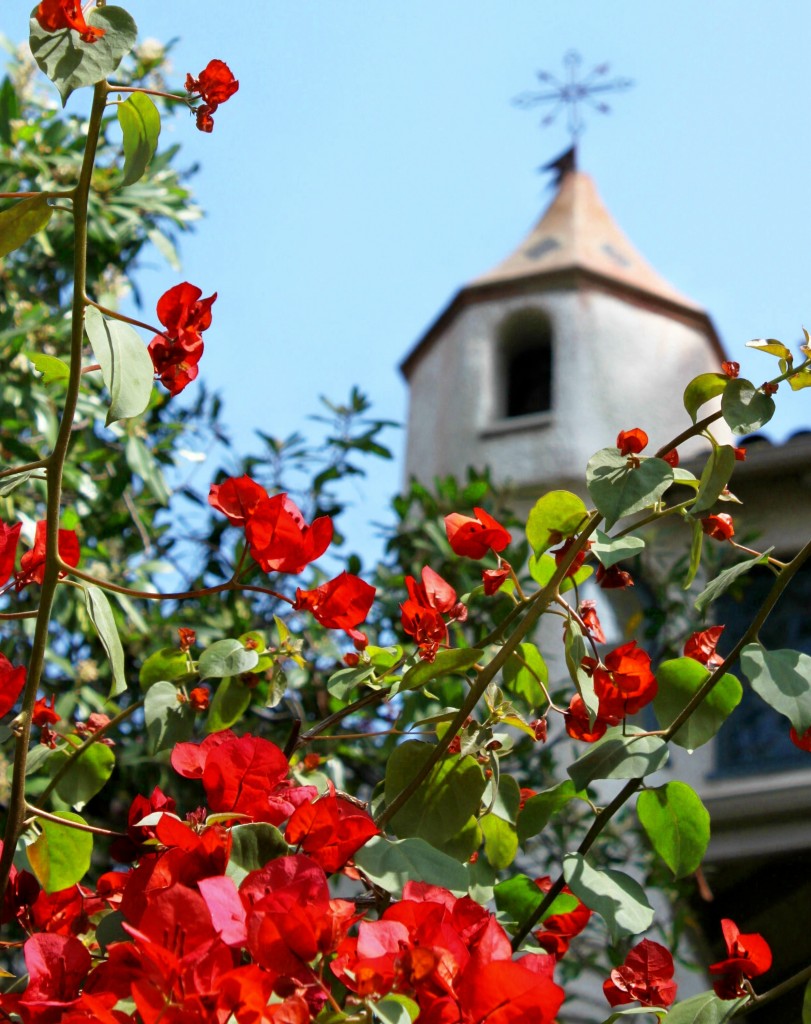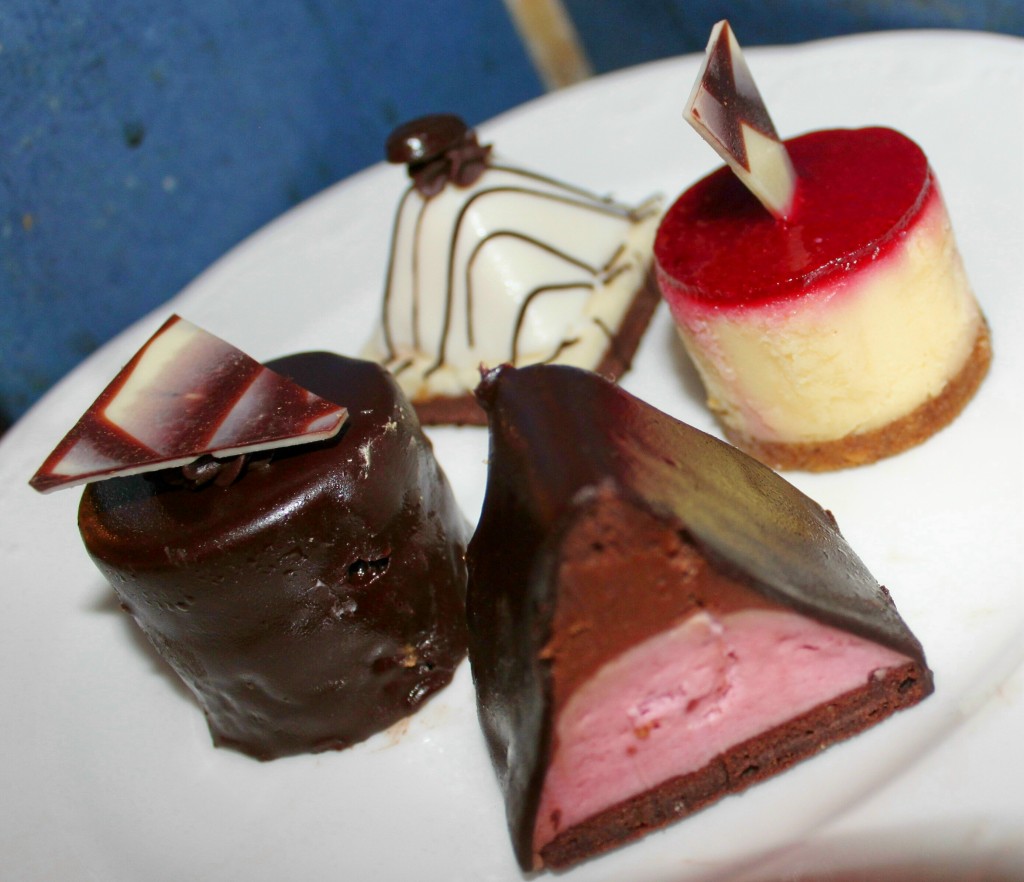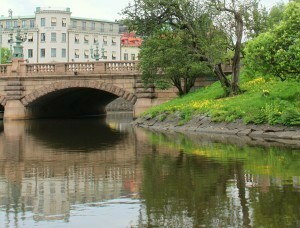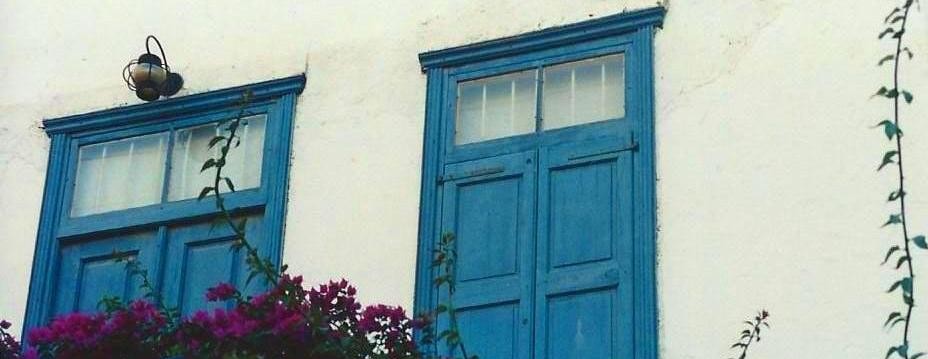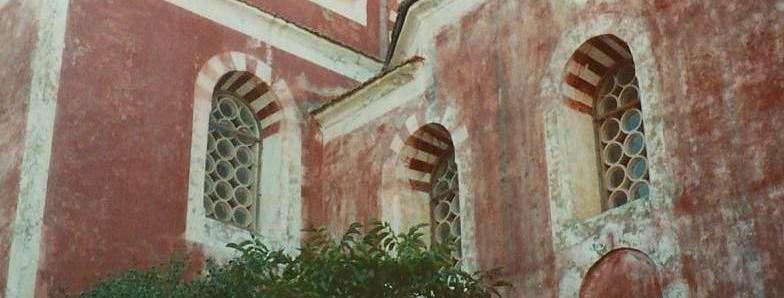First Place – Travel-International – San Diego Press Club
Marvelous Madrid!
Nathalie Taylor
“I have never been to a city where there is less reason to go to bed…”
- Ernest Hemingway
In his writings, Hemingway described Madrid as a vibrant city, so vibrant that he was driven to stay awake to enjoy every minute. When I traveled to this city so beloved by him, I too, was struck by Madrid’s vibrance.
When I stepped out of the hotel on my first day in Madrid, a sunny, buzzing street scene welcomed me. I was on my way to El Retiro Park via the Metro – Madrid’s subway. The Metro saved me from sheer exhaustion more than once during my week’s stay.
El Retiro Park is a thoughtfully contrived wonderland of trees, flowers, yew hedges and unique structures. Rose-scented air enveloped me as I approached the Rose Garden, a fragrant delight where thousands of roses encircled the fountain, stood tall in rows, and meandered up what seemed like an infinite path of trellises.
Nestled comfortably in my chair at the splendid outdoor cafe – Heladería El Ancla – I was a contented participant in the life of El Retiro Park. The congenial server brought me a manchego cheese sandwich on Spanish bread. The cheese, made from sheep’s milk, had a buttery, rich flavor. A glass of sangria was the perfect complement. It was my first taste of that marvelous drink created from red wine and orange juice with floating bits of oranges, lemons and lime.
I enjoyed my lunch while listening to the various bird songs and the happy chatter of other diners. The drink was refreshing, and the view of Retiro Lake was refreshing! This immense human-created lake was completed in the 1600s. I was so enthralled by the blue rowboats moving lazily on the lake that I honestly can’t remember how long I sat there.
Just beyond the lake is the Crystal Palace, a stunning edifice made mostly of glass. The light sifted through the hundreds of glass panes in spectacular manner. The structure, once a greenhouse, has morphed into a venue for art exhibits.
Velázquez Palace, also in the park, is an impressive building with Spanish tile columns and arches gracing the exterior.
I wandered the cobblestone streets of Old Madrid through canyons of mango and yellow-hued stucco buildings, some with intricate yellow and blue tile work. I paused to inhale the mingling of scents – enticing food aromas from restaurants, and an occasional whiff of flowers from planter boxes perched on high iron-lace balconies.
Madrid was a blur of restaurants and tapas bars, and several had been frequented by Hemingway. You can eat all day, and continue feasting well into the night. It’s a paradise for hungry insomniacs.
Tapas bars are lively eateries offering varied food delights. One was so crowded that I had to squeeze through a wall of people to get anywhere near the bar. There were plenty of seats, but each one was filled! So, I enjoyed my tapas and red wine while standing at the bar. However, it didn’t matter because the thinly sliced, savory jamón on Spanish bread, took my mind off it. Jamón, a rich, nut-flavored delicacy, is the meat of a pig that has been fed a diet of acorns.
Another surprising culinary experience happened when I took my first bite of a Tortilla Española, which translated means Spanish Tortilla. When I saw the item on the menu, I assumed I would be served something wrapped in a flour tortilla, but this was a fluffy round omelette made with egg, potato and onion. I looked for a tortilla but didn’t find one – at least not what this Californian would think of as a tortilla. At first, I thought it had been a mistake, but no, I was served the correct dish, and it was delightful.
I enjoyed a motorcoach day tour, which was an excellent way to get an overview of the city. The fountains in Madrid are enormous displays of water, and the view from my high coach seat was perfect. The 1782 Cibles Fountain is a striking art piece located in a traffic roundabout. The massive marble and stone statue depicts the goddess Cyble on a chariot pulled by two lions. The constant water rushing over the rounded sides of the two-tiered fountain is impressive. Providing the backdrop for the fountain is the magnificent castle-like Madrid City Hall. Inside, immense chandeliers hang from ceilings, creating a play of light on the ornate columns and walls. Other rooms had stunning stained glass ceilings that filled the entire room with light.
At the Museo Lázaro Galdiano I marveled at the varied collections, including stunning paintings by El Greco, Velázquez, and Goya. The building itself was a work of art with painted ceilings and elaborate staircases. A painting called El Salvador Adolescente (The Adolescent Savior) is attributed to Giovanni Antonio Boltraffio, who worked in Leonardo da Vinci’s studio. However, for some time, the painting was actually attributed to da Vinci, and some experts still believe that it is a da Vinci work. I was drawn to this stunning painting, almost as if it were alive. The skin, though pale, had an indescribable vibrance to it. It almost glowed. Also, I felt that I could reach out and feel the soft pleats of his robe. The eyes conveyed a deep sense of sorrow.No matter who painted it, the work is truly a masterpiece.
The Royal Palace is an architectural wonder perched high on a hill overlooking Madrid with the Pyrenees in the distance. The palace is a treasure trove of ornate columns, gilded mirrors, exquisite chandeliers, and massive tapestries. The armories house impressive horse and cavalier armors, as well as boy-sized armors, and even armor for dogs!
The Prado Museum holds some of the world’s finest paintings, including works by Rubens, Rembrandt, Goya and Picasso. Goya’s paintings were fascinating. His early work featured families and royalty in happy times. However, his later paintings, after he lost his hearing, were dark and gloomy. It was an interesting transition.
Guernica is Pablo Picasso’s 1937 work depicting the horror of a bombing by the Nazis in the Spanish town of Guernica. The oil painting is wall- sized and commanding. Grey and black hues further the somber tone. I sat in front of the poignant work for quite some time.
On my last night in Madrid I attended a lengthy and spectacular stage show called Zarzuela, which featured a repertoire of dance and music ranging from opera to ballet to Flamenco. The Flamenco costumes were elaborate with several tiers of vibrant red ruffles. When the dancers twirled and clapped their castanets to the beat of the guitar music, it was a powerful and passionate display.
My time in Madrid was an explosion of color, scents and sights. Did I stay up all night like Hemingway suggested? No, but even if I had stayed awake, one week was just not enough time to fully appreciate marvelous Madrid.